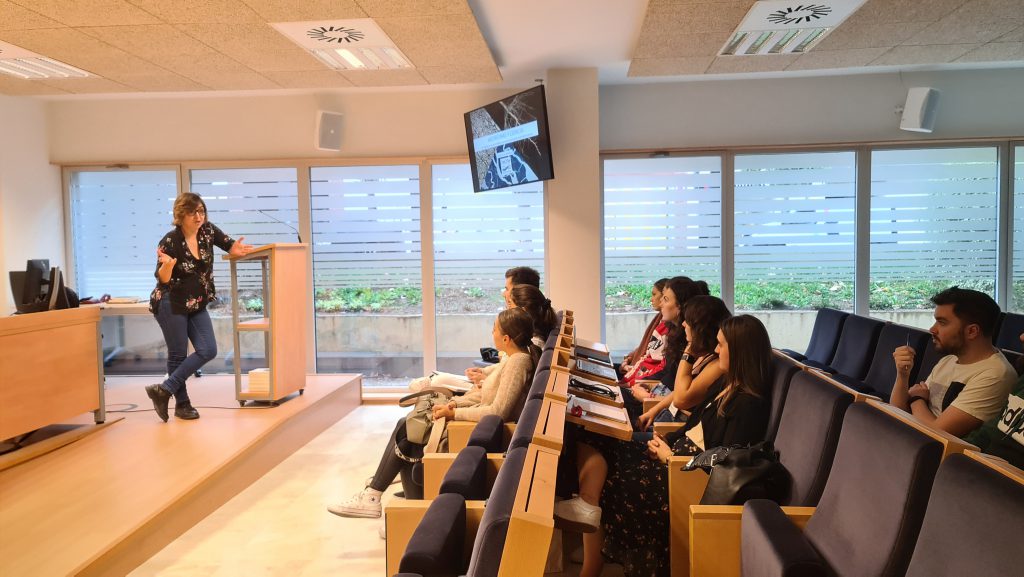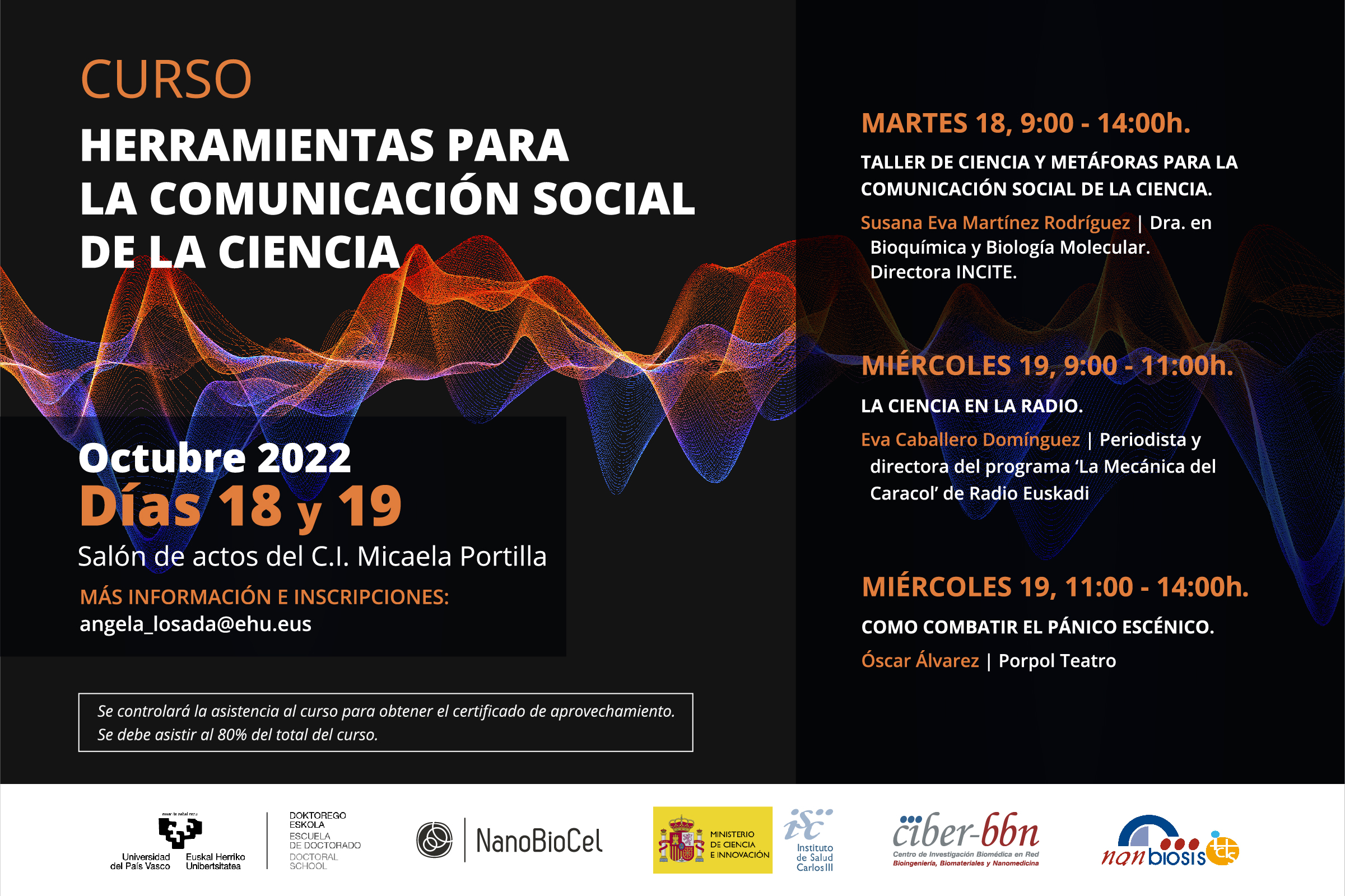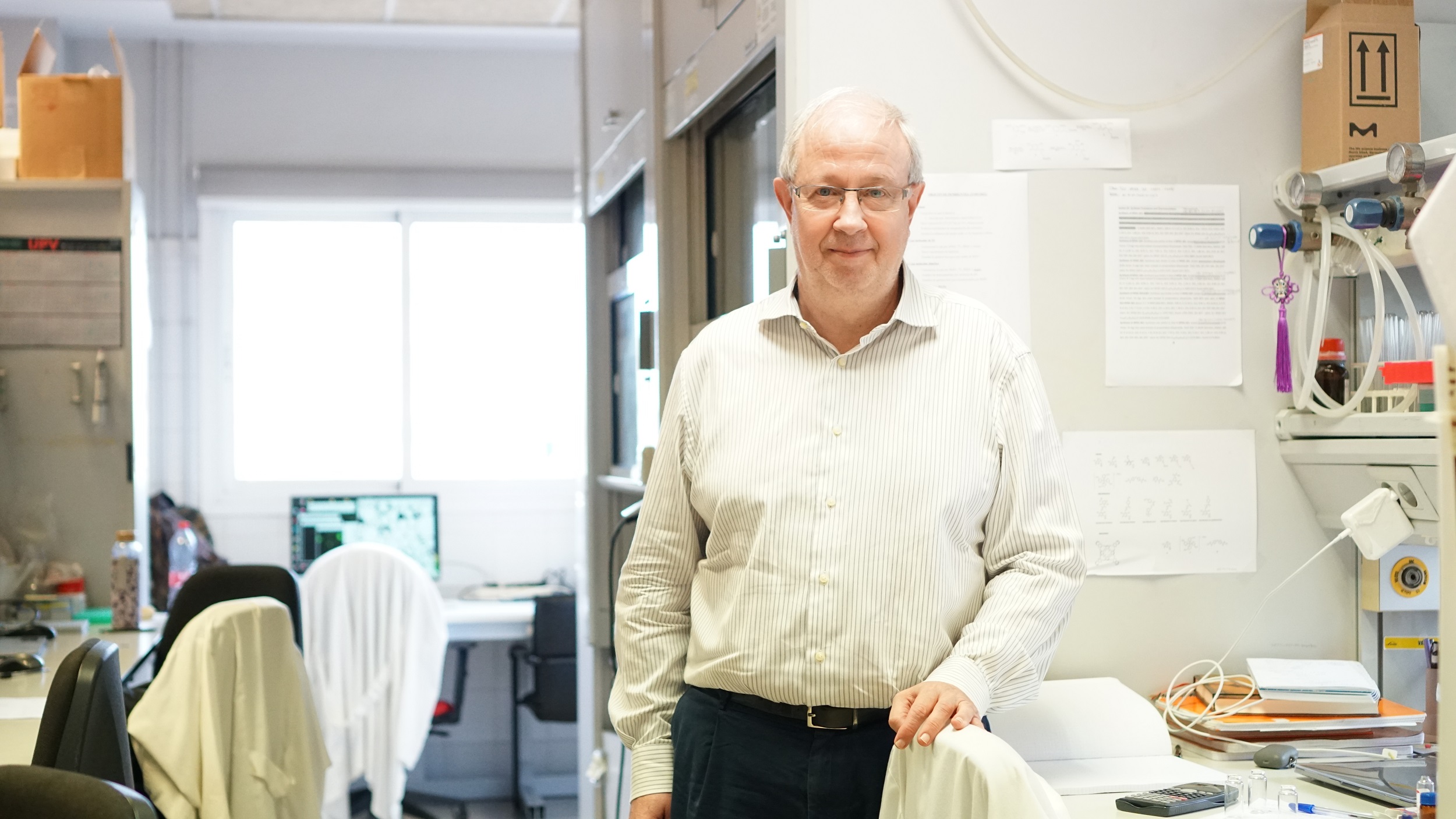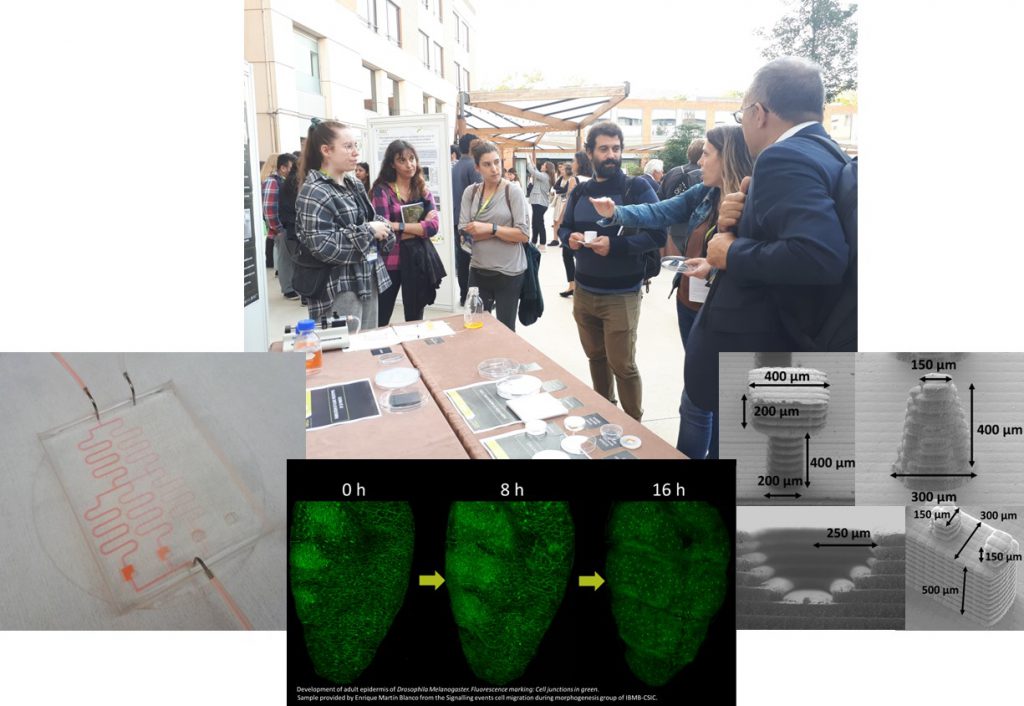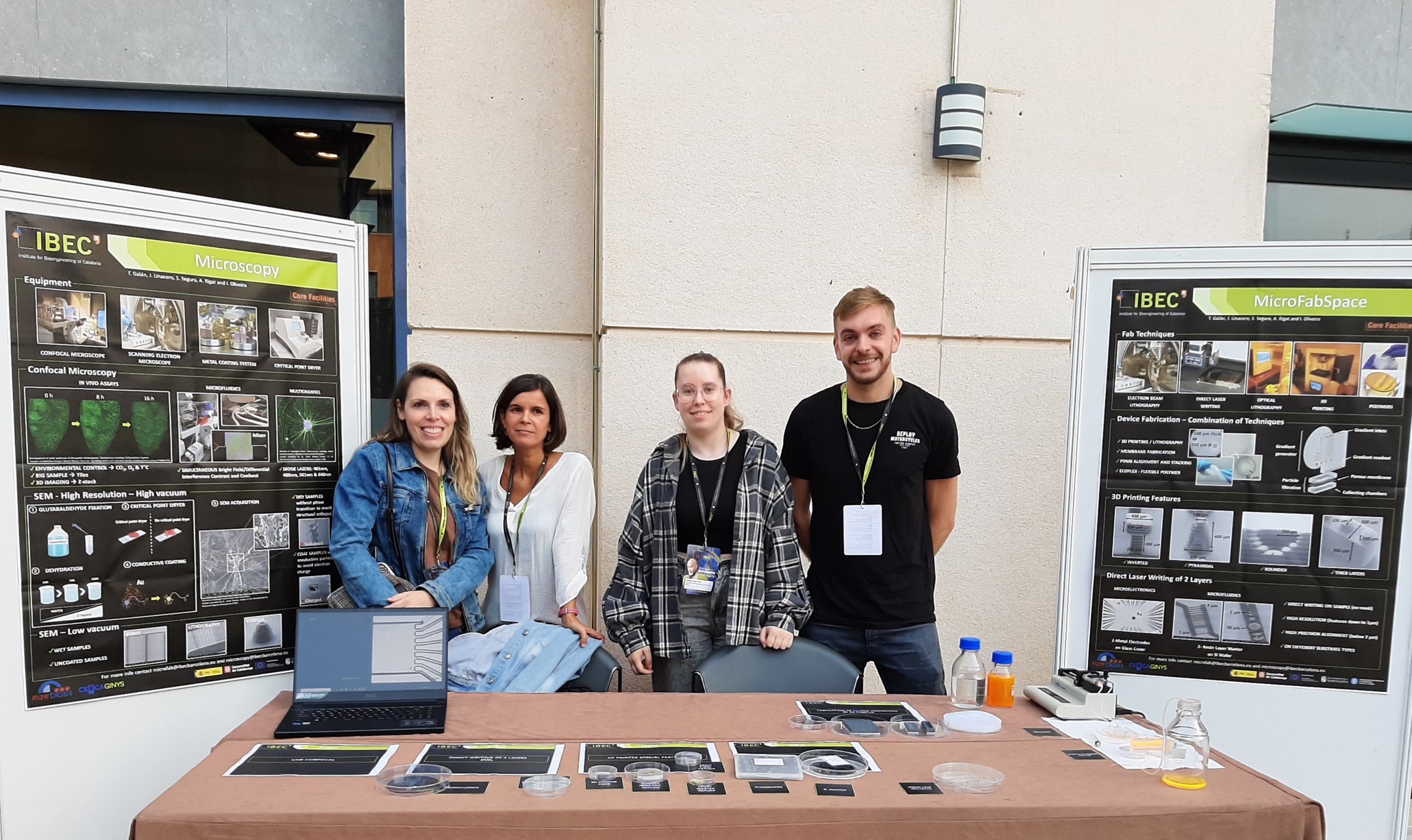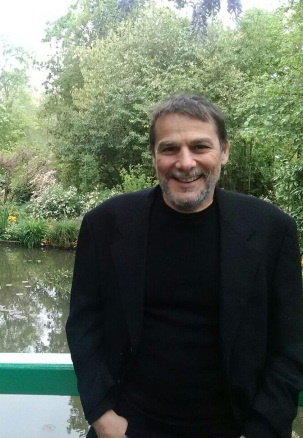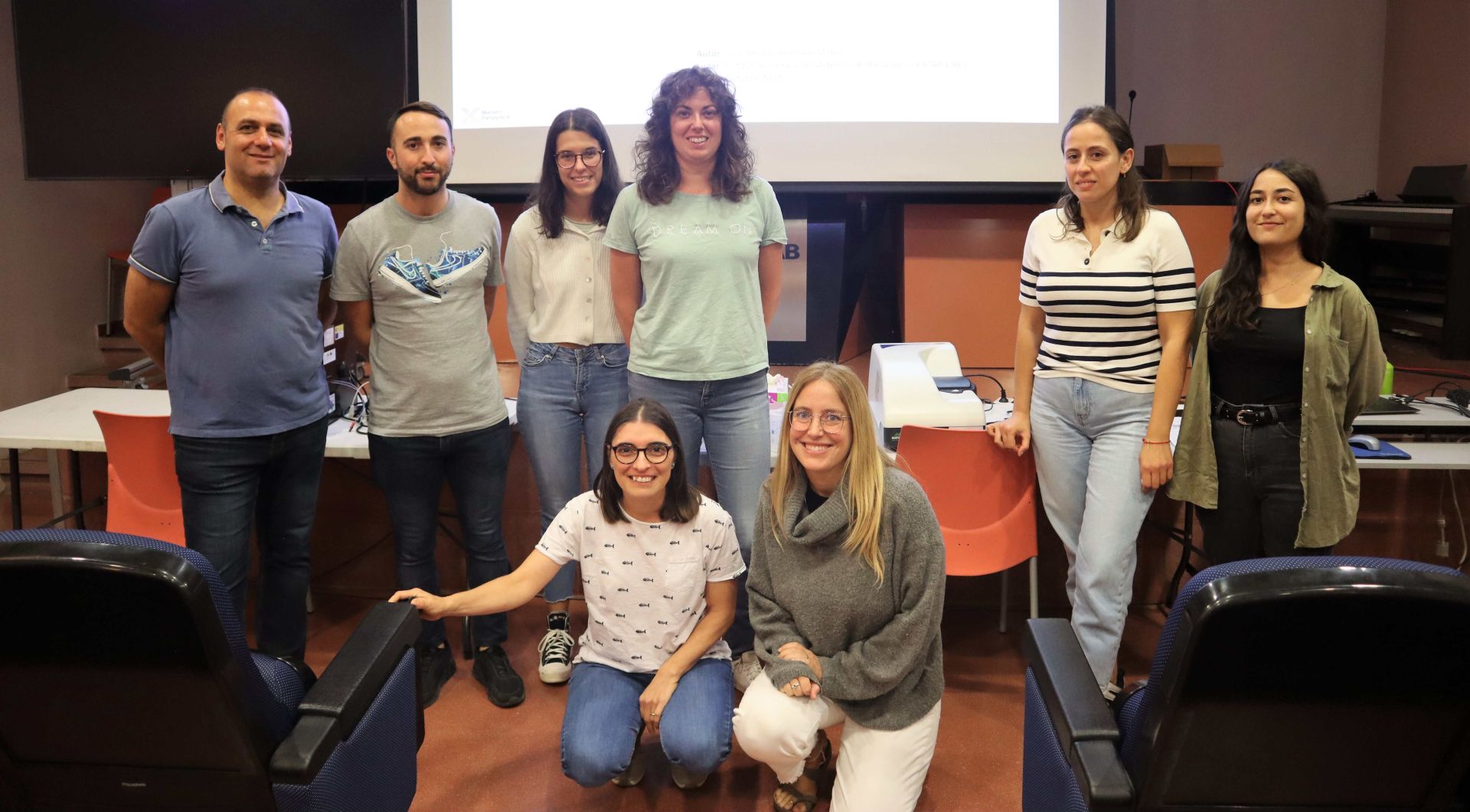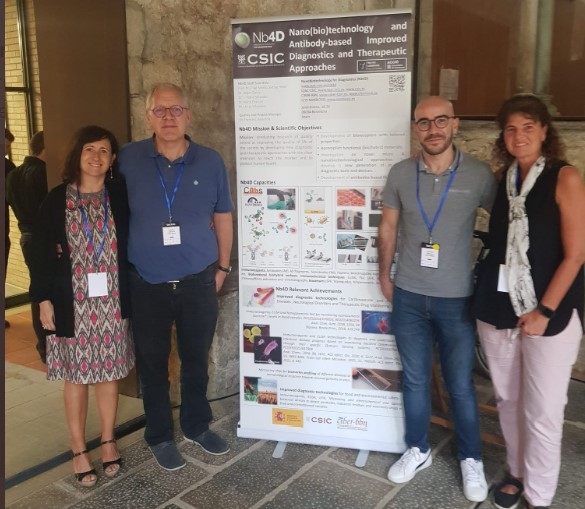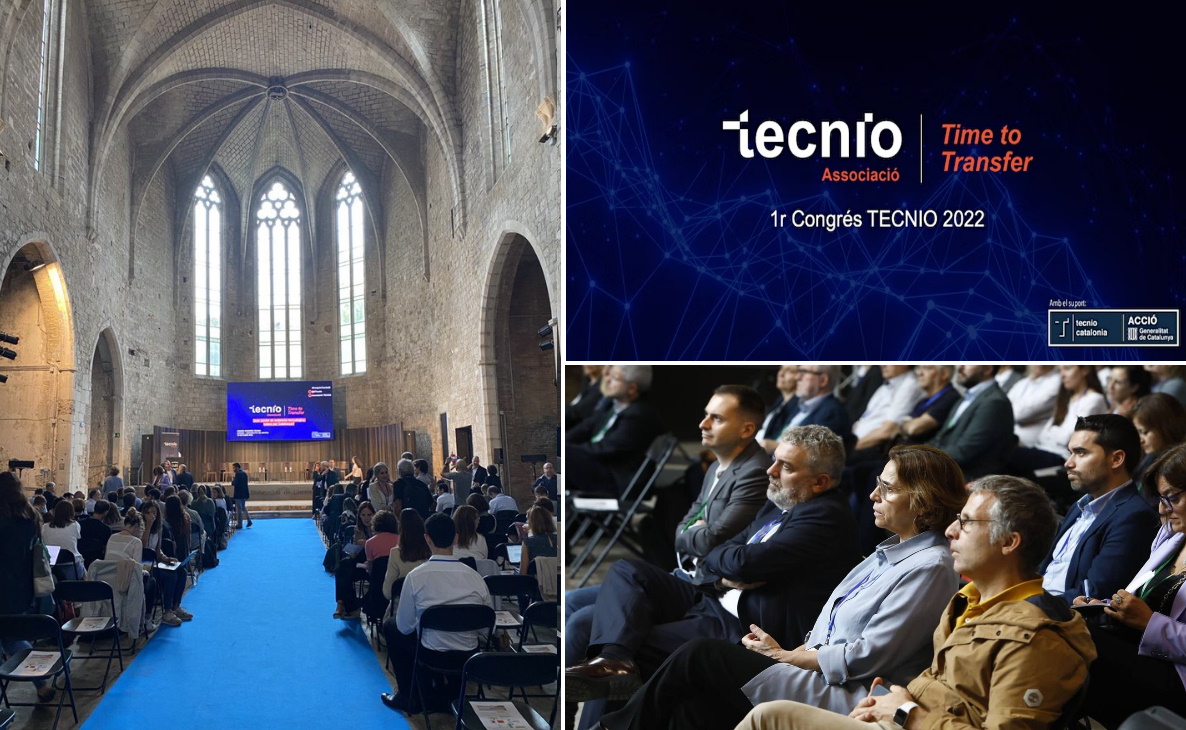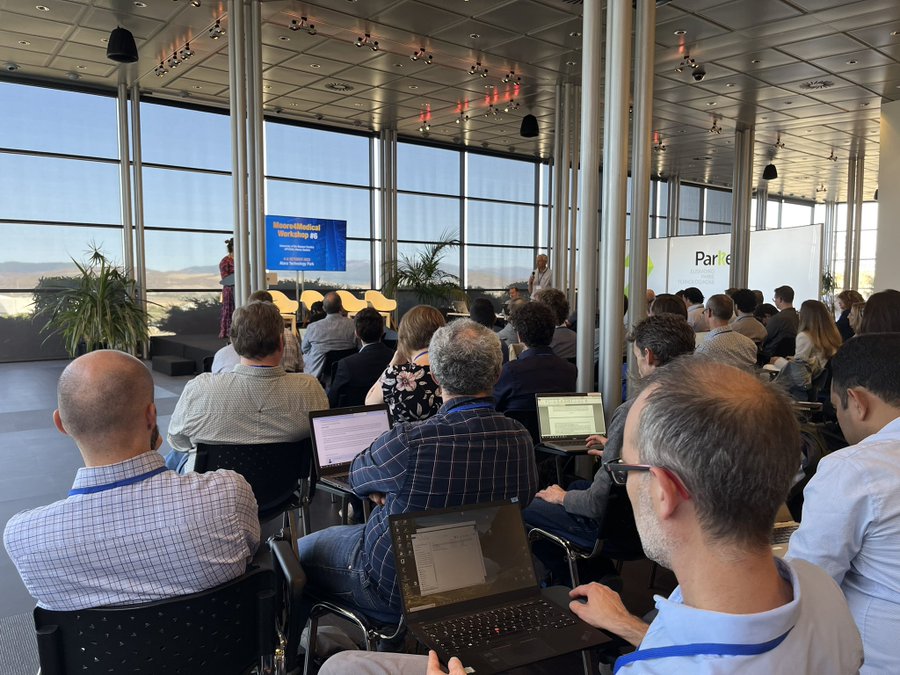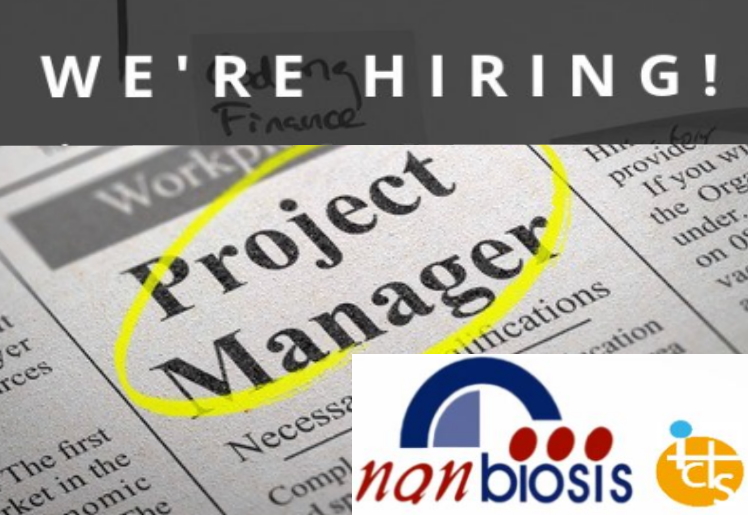II Scientific Communication course
On October 18 and 19, was held the second course on Social Communication of Science, orgnized by NANBIOSIS U10 Drug Formulation Unit -(NanoBioCell Group of CIBER-BBN and UPV-EHU, this year entitled “Tools for the social communication of science“. The course aimed to provide doctoral students with communication with tools to be employed in their work as scientists when communicating their results or activity to the general public, patients, etc.
They first day was mainly dedicated to the use of metaphors in science communication, starting with an interesesting talk by Susana Martinez, director of the Incite Foundation; ateendees had the opportuniy to work case studies. On the second day, there were two different sessions: the first one about how to communicate science on the radio, led by the journalist Eva Caballero from the EiTB regional program “The mechanics of the snail”. and during the second session, a practical workshop was led by the group of theather “Porpol”, about on how to combat the stage fright.
This course was offered at the Doctoral School of the University of the Basque Country.
